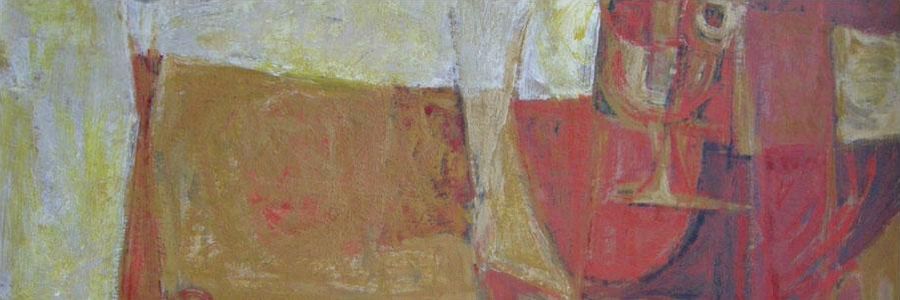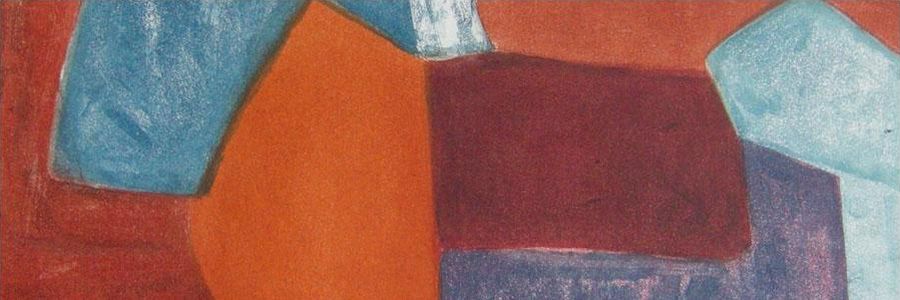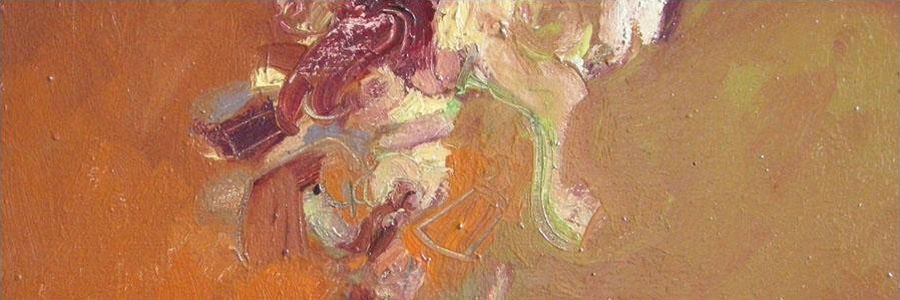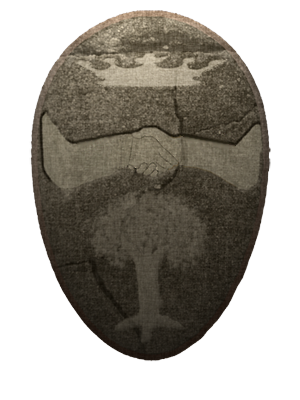









Giovanni BoldiniGiovanni Boldini (Italian 1842-1931)
Giovanni Boldini enjoyed a long and successful artistic career. He was born in Ferrara, Italy in 1842, and trained on the Italian Renaissance masters from childhood with his religious artist-father, Antonio Boldini. He also studied under other accomplished artists, gaining a reputation even at that young age as an accomplished portrait painter. He then studied in Florence at the age of 20, at the Scuola del nudo (the School of Nudes), a subject he would return to only in old age. Giovanni combined work and study for many years, training in Paris and London, and Holland and Germany. He moved to Paris but continued traveling for his work. He developed his own, distinct style, and his portraits grew in fame, helped greatly by a portrait commissioned by Giuseppe Verdi in 1886, the biggest celebrity of his day. One of his paintings was a portrait of the composer, Guiseppe Verdi, and Verdi gave Boldini an introduction into the world of opera, which led to many commissions for portraits, and to many intimate paintings of opera fans in theatres and cafes around Europe. You can see his paintings in museums around the world including the N.Y. Metropolitan Museum, the Musee d'Orsay in Paris, the National Portrait Gallery in London, the Legion of Honor Fine Arts Museum in San Francisco, and the National Gallery of Australia. And his paintings are reproduced on prints, posters and greeting cards. But most of Boldini's paintings remain in private collections because most of his paintings were commissioned portraits, society portraits. Everyone who was anyone HAD to have their portrait (or their wife's portrait) painted by Boldini. Boldini's paintings showed his subject in soft-focus, elongated, in movement, alive, and sophisticated. He was even dubbed the King of Swish, and looking at his portraits of women, you can see why. His portraits were flattering. The brush work on his paintings was swift and bold and gives his paintings a sense of motion. He also painted landscapes including Venice in the naturalistic style of his day, influenced by the Macchiaioli schooled artists he knew in Florence. He worked on engravings, and etchings, and painted with pastels and watercolors. Only toward the end of his long life, did his style change, becoming more impressionistic (possibly due to his failing eyesight) and using mainly dark, rich colors. His subjects changed as well. He no longer relied on portraits for a living, so he began painting subjects he wanted to paint, which seemed to be many nude women. Perhaps this was just his Italian nature exerting itself, and a return to his preferred youthful choice of subject. Another change that came late in life was that the bachelor Boldini finally married. To quote from a magazine article: "In 1929, aged 86, he suddenly married. At his wedding breakfast he made a little speech: 'It is not my fault if I am so old, it's something which has happened to me all at once.' He died of pneumonia while in Paris, and is buried in his hometown of Ferrara, Italy. Source: http://www.giovanniboldini.org/biography.html
Works |